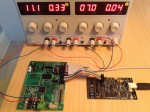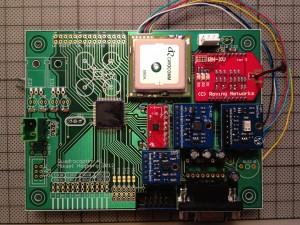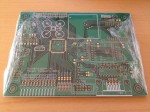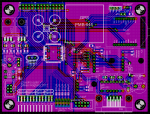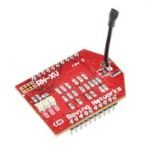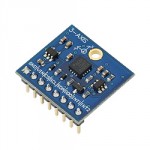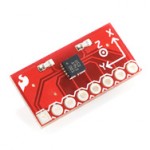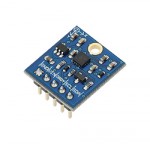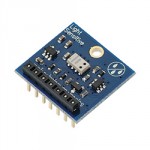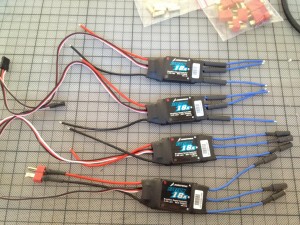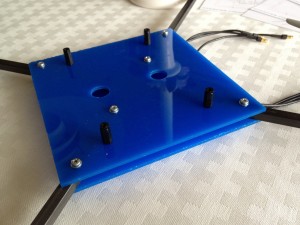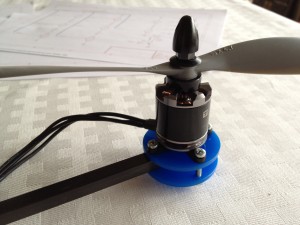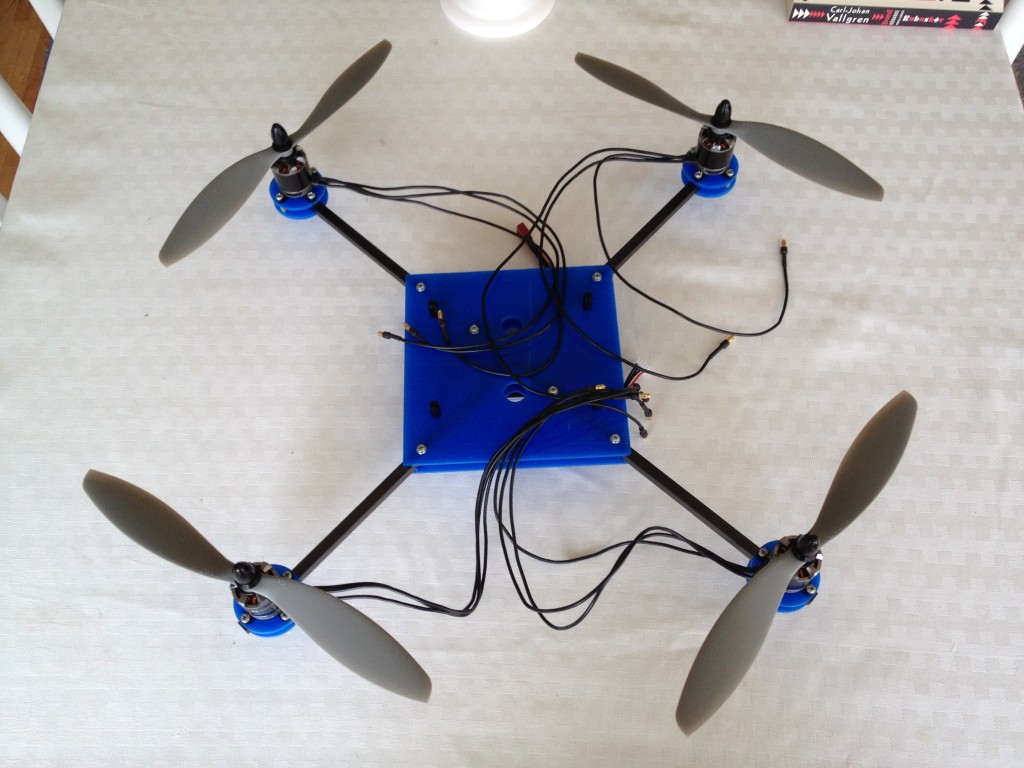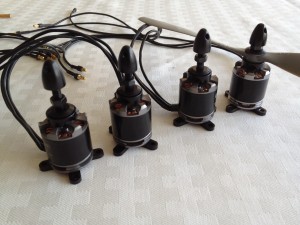Sometimes you end up with pages on your site that’s accessible from several different URL’s. It might not be a big deal, but from an SEO perspective it’s bad. Each page should have only one URL, otherwise Google and other search engines may treat your pages as duplicate content, resulting in a lower page rank etc etc.
In ASP.NET, URL’s are mostly not case sensitive, but a URL is actually case sensitive (see w3.org). This means you may accidentally refer to a page using different casing and thereby have duplicate content on your site.
Continue reading

